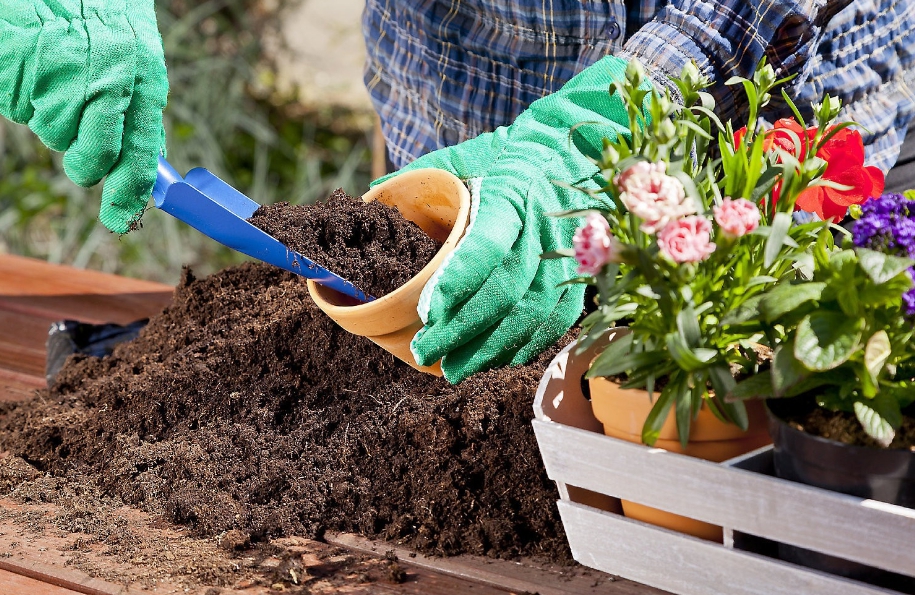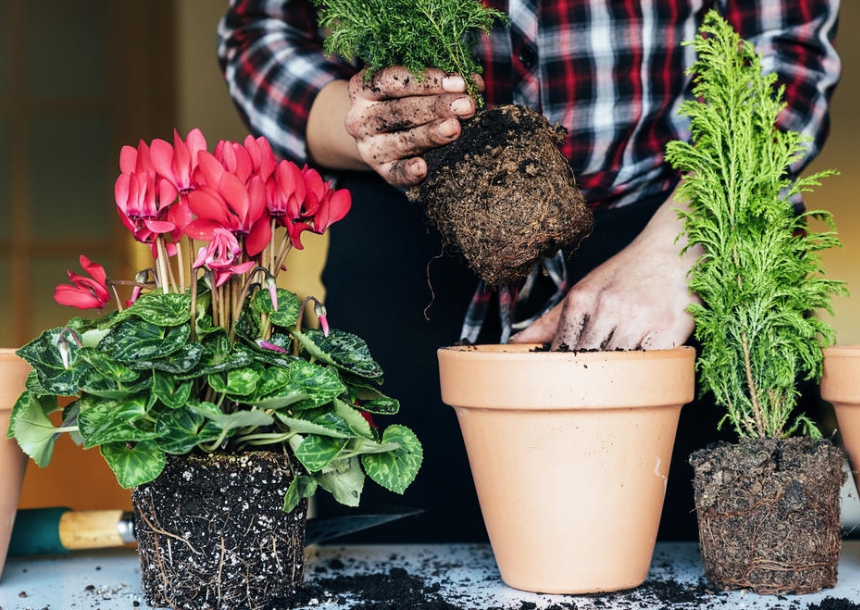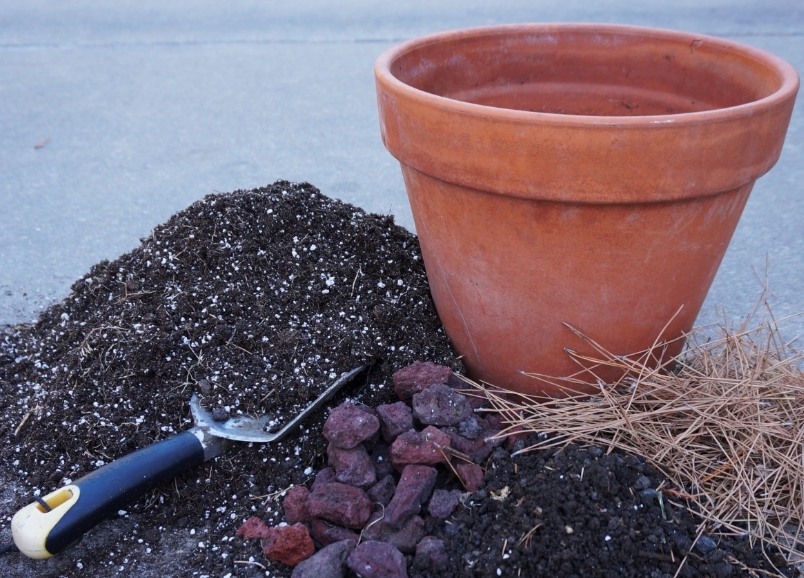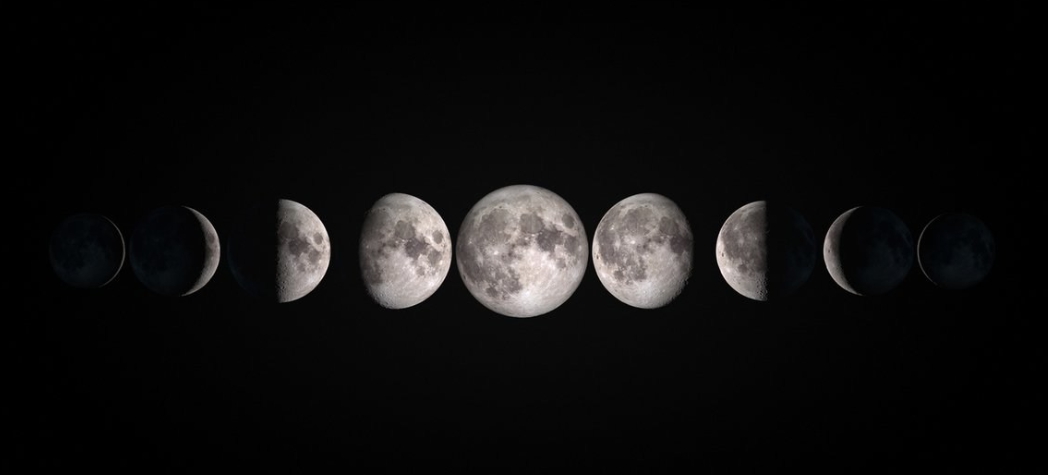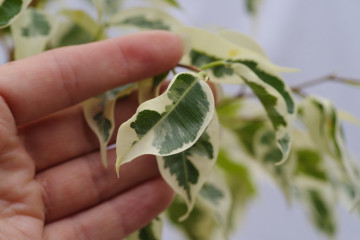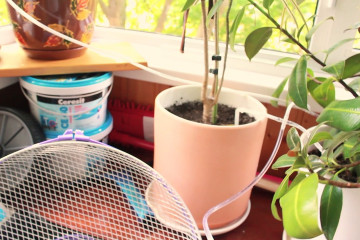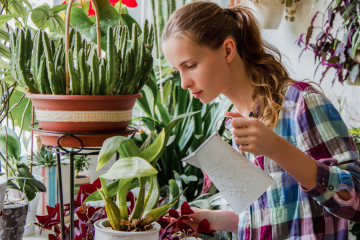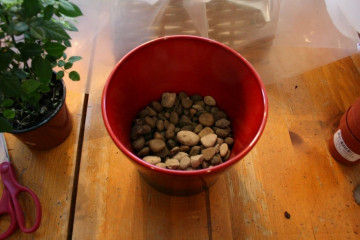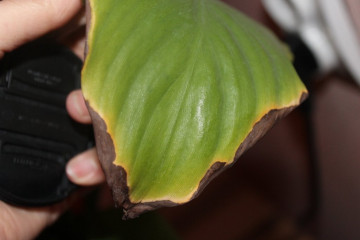Favorable days for transplanting indoor plants
Content:
To date, there are no such flower growers who have not heard that planting indoor plants should be done at certain time intervals. Having correctly calculated favorable days for transplanting indoor plants, you can accelerate their growth and flowering several times, saving yourself from unnecessary trouble.
Favorable days for transplanting indoor plants
Every houseplant needs a transplant sooner or later. Moreover, the frequency of transplants depends on the type of plant, its growth rate, as well as the quality of the soil in which it grows.
In most cases, indoor houseplants are transplanted in the spring, at the beginning of the period of rapid growth. In addition, it is allowed in the summer and even autumn. But in winter this should not be done, because at this time of the year the plants are resting, and they may simply not take root on the new soil.
How to transplant a plant correctly
You should start transplanting a houseplant by choosing a pot, soil and tools required in the process.
First you need to prepare the pot. If the container is made of clay or ceramic, it should be soaked. If the pot is plastic, it will be enough to thoroughly rinse it.
After the pot is prepared, drainage is poured onto its bottom, which may consist of pieces of clay brick, expanded clay or ceramics.
And so, the first two stages were completed successfully, and it's time to start the process of transplanting a flower. To begin with, it must be carefully removed from the old container, examining the roots for diseases or damage. If everything is in order with them, you should completely clear the plant of soil, shorten the roots, if necessary, treat them with coal powder, and then plant them in a new pot. Moreover, a thin layer of new soil should be poured into the new container beforehand. The planting depth is chosen the same as before the procedure.
Watering the transplanted flower should be done taking into account the following factors:
- if he does not like moisture, and the planting is done in moist soil, watering will need to be done in 4 days;
- if the roots have been damaged or shortened, watering is carried out no earlier than 6 days later, since they need to heal.
In addition, growers should avoid a number of common transplant mistakes. Such oversights as improperly selected pot volume, selection of poor-quality soil or neglect of drainage can lead to the death of the plant.
When is it better to transplant
As already mentioned, plants should be planted in spring, since during this period they observe an activation of growth processes.At this time, they need to update the soil more than ever, but if buds appear on the stem, the process should be postponed until the summer, for example, June, or autumn - until September or October. Otherwise, due to transplantation, the flower will wither, and it will bloom very, very long time ago.
Favorable autumn days for transplanting indoor plants can be selected in September or October. During this time, they prepare for hibernation, and are still active. At the same time, flowers that like the cold season will have time to get used to new conditions. The advantage of replanting crops in the fall is providing them with a comfortable place to rest, supplying fresh nutrients, and simplifying maintenance.
Lunar calendar for indoor plants
The lunar calendar has been used by people since antiquity. Based on the knowledge accumulated over the centuries, mankind followed the movement of the moon, using the information received for the fruitful cultivation of various crops.
A good knowledge of the behavior of the moon allows not only growing crops, but also performing various manipulations with them, such as leaving, feeding or transplanting. The lunar calendar for indoor plants will give an accurate forecast of how successful work will be in the garden, or with home greens.
How to determine good days for transplant according to the lunar calendar
Since any plant consists of two parts: underground and aboveground, sap flows continuously between them. The nutrients contained in the plant sap flow from the roots to the foliage, while those synthesized at the top go down to the rhizome. That is why the lunar phases have such a great impact on all vegetation. During periods when the moon is waning, flowers fall asleep, accumulating energy before new phase changes. When the satellite of the Earth begins to grow, the plants wake up, and it is this period that is most favorable for any floricultural manipulations.
Picture 4 Knowledge of the moon phases makes it easier for the gardener
In addition to decreasing and increasing, the specialists who make up the lunar calendar take into account other factors in the behavior of a natural satellite, such as its location in a particular constellation. Florists, as a rule, do not have to calculate all this - they have a ready-made calendar at their disposal. Below, as an example, the lunar calendar for indoor flowers for 2019 (table) for April is provided:
| date | Value |
| April 1-3 | Work with the ground should be postponed and the flowers should not be disturbed. |
| April, 4 | It is necessary to start planning the work and preparing for it. |
| April 5-18 | The best period for transplanting and planting seeds. |
| April 19 | Cleaning work should be done on the site |
| April 20-30 | It is necessary to devote this period to pest control and avoid replanting. |
The influence of zodiac signs on the growth of cultures
Astrologers, when drawing up a special horoscope, take into account the location of the natural satellite of the Earth. In this case, the calculations are based on the position of the moon relative to the twelve signs of the zodiac, which have individual characteristics and affect the life processes of plants.
So, for example, noble crops are best planted when the Moon is under the signs of Cancer, Scorpio, Pisces, Taurus and Libra. Signs such as Leo, Aries and Sagittarius are sterile. All other zodiac constellations have practically no effect on the growth of flowers.
It is noteworthy that each zodiac sign has its own special properties, which in one way or another affect the process of transplanting indoor flowers. Among them stand out:
- Aries. Promotes the active emergence of new shoots.
- Taurus. The best time for a transplant.
- Virgo. Gives the rapid emergence of new shoots.
- Fish. With them, the seeds sprout quickly.
Moon phases
The lunar phases were mentioned earlier, but they should be discussed in more detail. When a satellite of the Earth moves in its orbit, it changes its position many times, due to which sunlight is reflected from it at different angles.
Since this process has a significant impact on plants, it is worth highlighting several phases in which plant transplantation will be successful. So, for example, as already mentioned, the growing Moon activates the growth and development of flowers, allowing them to rehabilitate themselves in a new soil. The full moon, in turn, is the best period for any floriculture work, since the circulation of liquid in the stems accelerates at times, preventing the sprouts from dying. In addition to transplanting, at this time, you can plant seeds in anticipation of their fastest growth.
The most unfavorable lunar phase for flowers is the new moon. At this time, the plant should be protected from the cold, parasitic insects, and other unfavorable factors. Of course, there can be no talk of any shenanigans with the plant at this time, since this procedure will bring them more harm than good.
Indoor plant lunar calendar for March
To find out if it is possible to transplant indoor flowers today, the lunar calendar of indoor plants for March 2020 will help. Below is a table showing favorable days for transplanting indoor flowers and other procedures, which will benefit both beginners and experienced flower growers.
| date | Value |
| March 4-5 | A good time for sowing and transplanting decorative flowers. |
| March 10-15 | A suitable period for fertilizing the soil, as well as replanting tuberous and bulbous plantings. |
| March 16-18 | It is recommended to soak fresh seeds on these days. |
| March 22-28 | Another good transplant period. |
| March 29-30 | Ideal time to care for loaches and shrubs. |
Taking the process of transplanting home flowers seriously, and having familiarized yourself with the lunar calendar, it will be easy to avoid negative consequences. Florists from all over the world have already appreciated the benefits of such calendars, because they are used even on large plantations. It is also worth considering the seasons, and thus, in conjunction with the already existing knowledge, everyone can achieve the desired success.
